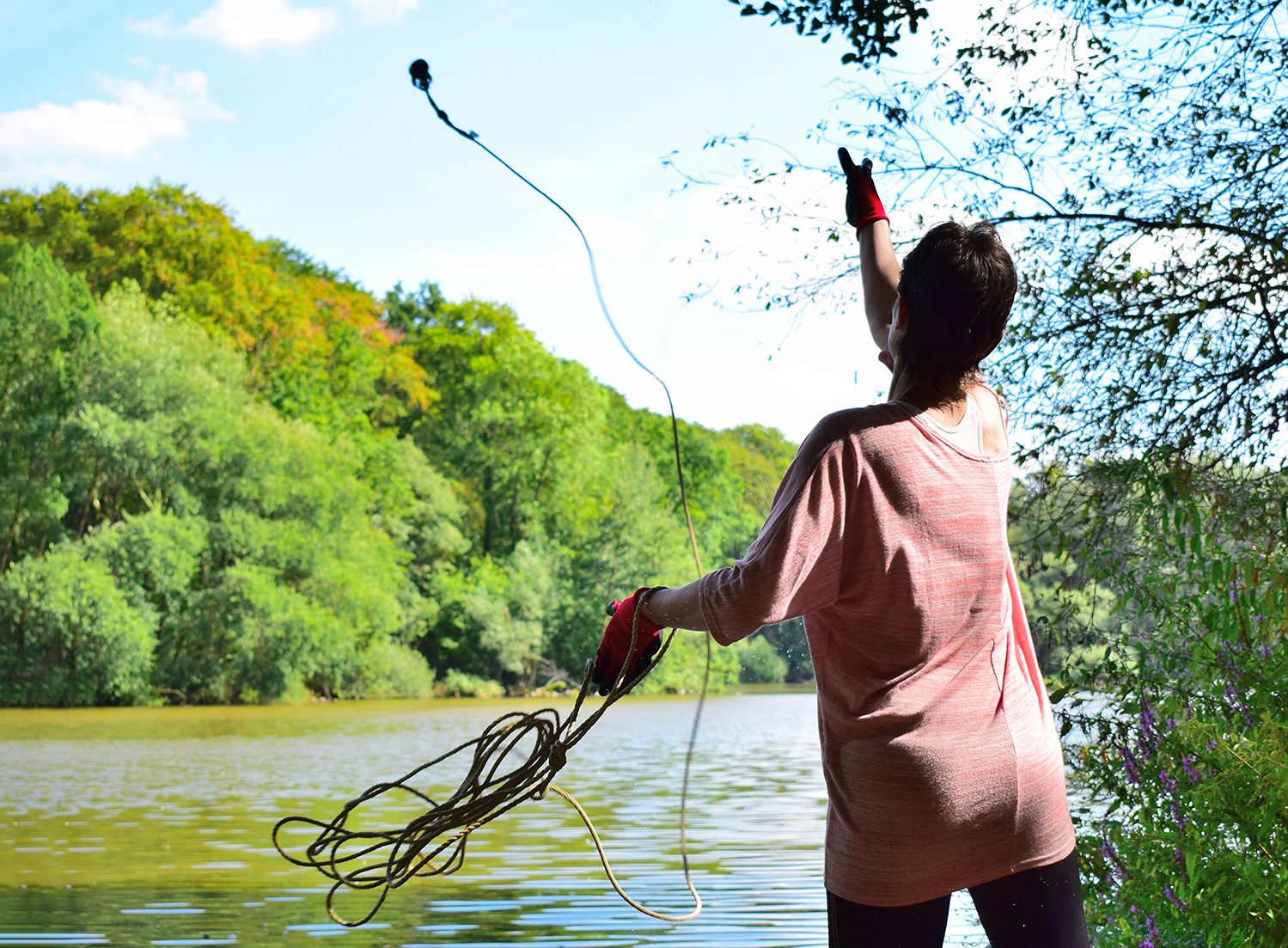Magnet fishing has surged in popularity as an eco-friendly and exciting hobby that offers more than just the thrill of the catch. Utilizing powerful neodymium magnets, enthusiasts are able to retrieve items lost to time, from historical artifacts to modern-day tools, transforming each haul into a unique story. Beyond the promise of discovery, magnet fishing plays a crucial role in cleaning up aquatic environments, and pulling out metals that pollute our waters.
Whether you’re a seasoned angler of the metallic kind or a curious newcomer, understanding the basics, safety, and ethical considerations of magnet fishing is key to enjoying this unique blend of conservation and treasure hunting.
What Is A Fishing Magnet?
A fishing magnet, also known as a neodymium magnet, is a powerful tool used in the hobby of magnet fishing. These magnets are made from an alloy of neodymium, iron, and boron, forming a tetragonal crystalline structure that provides a high level of magnetic strength. This type of magnet is characterized by its incredible ability to attract ferromagnetic materials, such as iron, nickel, cobalt, and some of their alloys, making it ideal for retrieving metal objects from bodies of water.
Magnet fishing itself is a unique outdoor activity that involves searching for and pulling up metallic objects from underwater using a strong magnet. The appeal of this hobby lies in the thrill of discovering hidden treasures, which can range from valuable antiques to everyday items that have been lost over time. Fishing magnets are specifically designed to maximize the chances of finding such items, thanks to their powerful magnetic pull and durability under various environmental conditions.
How Does Magnet Fishing Work?
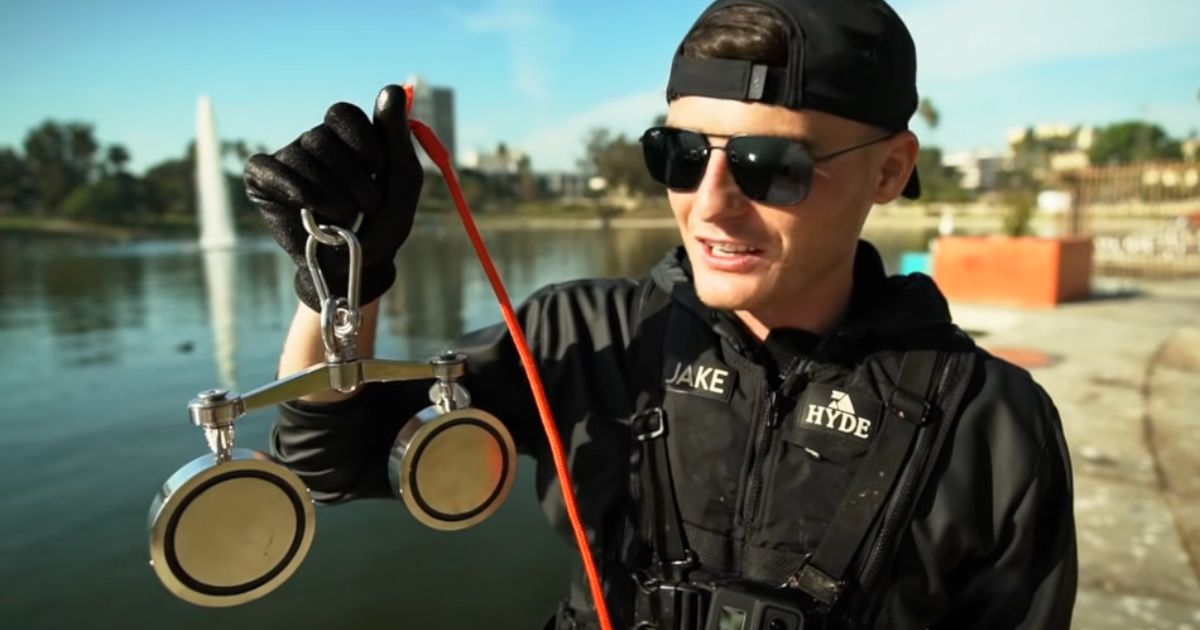
Magnet fishing works by attaching a strong magnet to a rope and then casting it into water bodies such as lakes, rivers, canals, and seas to find and retrieve metal objects. The process is quite simple: the magnet is thrown into the water, dragged along the bottom, and then pulled back up, hopefully with some ferromagnetic objects attached. This method is effective in locating items submerged underwater that are not visible from the surface, offering a unique form of treasure hunting.
The success of magnet fishing depends largely on the magnet’s strength, the technique used, and the location chosen. Magnets with a high pull force can retrieve larger and heavier objects, while technique and location can increase the likelihood of finding interesting or valuable items. It’s a hobby that combines environmental cleanup with the excitement of discovering hidden or forgotten items, making it appealing to a wide range of enthusiasts.
Magnet Fishing Magnets
Magnet fishing magnets are specialized magnets designed for the hobby of magnet fishing. These magnets are typically made from neodymium, which is known for its strong magnetic properties. They come in various shapes, including disc, ring, and block, each tailored to different fishing conditions and types of metal objects one might aim to retrieve. The strength of these magnets is measured in terms of pull force, which indicates the maximum weight the magnet can hold under ideal conditions.
The choice of magnet is crucial in magnet fishing, as it determines what size and type of objects can be retrieved. Stronger magnets can pull larger, heavier items, but they may also be more challenging to handle, especially for beginners. Safety is a key consideration in magnet fishing, and using a magnet with an appropriate pull force for the user’s experience level and the specific fishing environment is important to avoid injuries or damage to the magnet.
What Size Magnet For Magnet Fishing
| Magnet Size | Pull Force | Ideal for |
|---|---|---|
| Small | Up to 200kg (440lb) | Beginners, shallow waters, small items |
| Medium | 200-400kg (440-880lb) | Intermediate users, a variety of items |
| Large | 400-600kg (880-1320lb) | Experienced users, deep waters, large/heavy items |
| Extra Large | 600kg+ (1320lb+) | Professional use, significant underwater objects |
Magnet Fishing Kit
Engaging in magnet fishing requires not just a powerful magnet but a complete kit that enhances the experience and ensures safety. A comprehensive magnet fishing kit typically includes a high-grade neodymium magnet, a durable rope capable of handling the magnet’s pull force, gloves to protect the hands, and a threadlocker to secure the magnet to the rope. Some kits may also come with a grappling hook, which can be useful for snagging larger items that the magnet alone cannot lift. This kit allows enthusiasts of all levels to embark on their magnet fishing adventures with the right tools for success, emphasizing safety and efficiency in their treasure-hunting endeavors.
Complete Magnet Fishing Kit
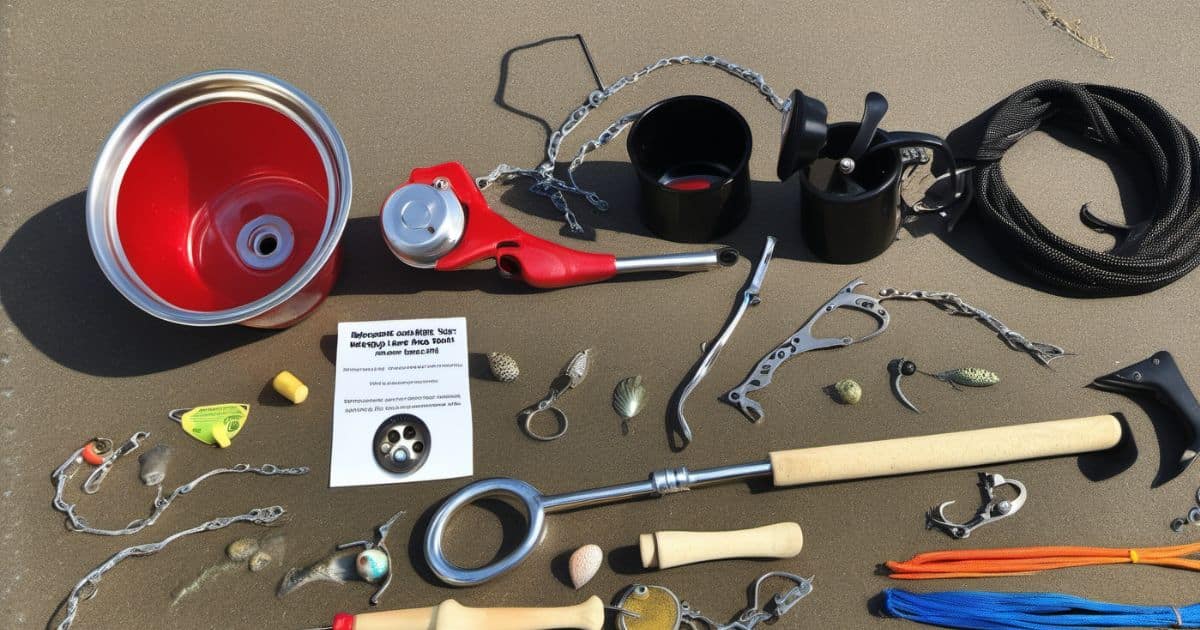
A complete Magnet Fishing kit is designed to equip the enthusiast with everything needed to start the hobby. It includes a powerful neodymium magnet, which is the core of the kit, known for its high pull force and durability. Additionally, the kit contains a heavy-duty rope that’s both strong and long enough to reach deep underwater. Safety equipment such as gloves is also included to protect the user from sharp objects and potential injuries. Some kits might feature extras like threadlocker to prevent the magnet from unscrewing from the rope and a carrying case for convenient storage and transport. These kits cater to both beginners and experienced magnet fishers, providing a ready-to-go solution for exploring underwater treasures.
110 Pro™ Professional Magnet Fishing Kit (220kg / 485lb Pull Force)
| Component | Description |
|---|---|
| Magnet | Neodymium magnet with a pull force of 220kg (485lb), designed for professional use. |
| Rope | High-strength, durable rope, 10 meters (approx. 33 feet) in length, capable of supporting the weight of the magnet and retrieved items. |
| Gloves | A pair of gloves to protect hands from cuts and scrapes during magnet fishing. |
| Threadlocker | A tube of threadlocker to ensure the magnet remains securely attached to the rope. |
| Carrying Case | A sturdy carrying case for easy transport and storage of the magnet fishing gear. |
| Instruction Manual | A detailed guide on how to safely and effectively use the magnet fishing kit. |
Magnet Fishing Neodymium Magnet 75mm – 163 kg Pull
| Attribute | Specification |
|---|---|
| Magnet Type | Neodymium |
| Magnet Diameter | 75mm |
| Pull Force | 163 kg (359 lb) |
| Magnet Shape | Circular |
| Coating | Nickel |
| Material | Neodymium, Iron, Boron |
| Design | Single-sided |
| Suitable for | General magnet fishing, smaller items |
| Weight | [Specify weight if available] |
| Rope Compatibility | Compatible with various rope types |
| Recommended Usage | Rivers, lakes, ponds, and similar water bodies |
| Additional Features | Durable, corrosion-resistant, high magnetic strength |
| Manufacturer | [Specify manufacturer if available] |
How To Go Magnet Fishing
Magnet fishing is a simple yet fascinating hobby that involves searching for metal objects in bodies of water using a powerful magnet. To get started, you need a strong neodymium magnet, a durable rope, and some basic safety gear such as gloves and a bucket for your finds. The process begins by tying the magnet to one end of the rope and securing the other end to yourself or a stationary object to prevent accidental loss. Then, throw the magnet into the water and slowly reel it in, feeling for the tug of metal objects on the other end. It’s a combination of patience, technique, and a bit of luck that makes magnet fishing an exciting adventure.
Exploring different locations can yield varied treasures, from historical artifacts to modern gadgets. Canals, rivers, lakes, and old fishing spots are popular among magnet fishers for their potential to hide submerged items. It’s important to research and respect local regulations, as some areas may restrict or require permits for magnet fishing. Cleaning up the finds and disposing of trash properly is also a key part of the hobby, contributing positively to environmental cleanup efforts while indulging in the thrill of discovery.
Water Safety And Magnet Fishing
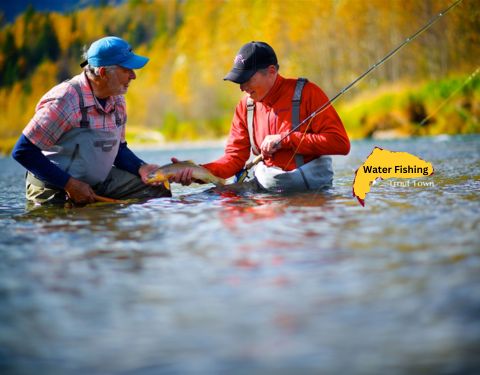
Water safety is paramount in magnet fishing, as the activity often takes place near or in water bodies that can pose various risks. Wearing a life jacket is advisable, especially in deeper or flowing waters, to prevent drowning accidents. It’s also important to be aware of water conditions and weather forecasts before heading out, as swift currents and sudden weather changes can increase hazards. Additionally, ensuring the magnet and rope are securely fastened can prevent accidental slips or falls into the water.
Beyond personal safety, being cautious of underwater hazards is crucial. Submerged objects can be sharp, heavy, or unstable, posing risks of injury or entanglement. Therefore, it’s recommended to fish in pairs or groups, allowing for immediate assistance if someone gets into trouble. Moreover, respecting wildlife and avoiding protected or sensitive areas helps preserve natural habitats and ensures that magnet fishing remains a responsible and enjoyable hobby.
Environmental considerations should also guide magnet fishers. Removing debris and discarded metal objects from waterways not only uncovers hidden treasures but also contributes to the cleanliness and ecological health of aquatic environments. Proper disposal of finds, especially hazardous materials like batteries or unexploded ordnance, is essential to prevent pollution and potential harm to wildlife and people.
Magnet Fishing Finds
Magnet fishing can uncover a wide array of finds, ranging from mundane objects to rare and valuable artifacts. Common finds include coins, jewelry, tools, fishing tackle, and bicycle parts, which often carry personal or historical significance. More unusual or noteworthy discoveries might include antique firearms, war memorabilia, safes, and even motorcycles or bicycles, offering a glimpse into the past and sparking interest in local history and archaeology.
The value of magnet fishing finds isn’t always monetary; many enthusiasts cherish the stories and mysteries behind their discoveries. Occasionally, magnet fishers may stumble upon items of significant historical value or items linked to criminal activities, such as weapons or stolen goods. In such cases, it’s important to contact local authorities to handle the items properly, ensuring that they are either preserved for their historical value or dealt with according to legal requirements.
Huge Haul Of ‘Dad’s Army’ Shells Pulled From River By Magnet Fishing Team
A magnet fishing team recently made headlines with a remarkable find: a large cache of artillery shells dating back to the World War II era, reminiscent of the type used by the Home Guard, popularly known as “Dad’s Army.” The discovery occurred in a river known for its historical significance, sparking excitement and a bit of alarm among the local community. The team, equipped with their trusty neodymium magnets and ropes, initially set out hoping for unusual finds but never anticipated unearthing a piece of wartime history.
Upon realizing the potential danger of the shells, the team promptly notified the authorities, leading to a controlled disposal operation by bomb disposal experts. This incident highlights the unpredictable nature of magnet fishing, where finds can range from trivial to historically significant or even hazardous. It serves as a reminder of the importance of caution and responsibility in the hobby, especially when dealing with potentially dangerous items.
The event not only underscored the historical richness lying hidden in waterways but also brought the magnet fishing community into the spotlight, showcasing the hobby’s potential for uncovering significant artifacts. It also prompted discussions about the need for awareness and preparedness for handling finds that could pose safety risks, reinforcing the importance of collaboration with local authorities in such situations.
Magnet Fishing On Scotland’s Scheduled Canals And Protected Waters
Magnet fishing in Scotland’s scheduled canals and protected waters requires careful consideration of both the legal and environmental implications. These areas are often rich in history and biodiversity, making them attractive for magnet fishing enthusiasts. However, to preserve their cultural and ecological integrity, specific regulations and guidelines must be followed.
| Factor | Consideration |
|---|---|
| Legal Permission | Obtain necessary permits or permissions from local authorities. |
| Environmental Impact | Minimize disturbance to wildlife and habitats during activities. |
| Historical Preservation | Report finds of historical significance to the appropriate bodies. |
| Safety Precautions | Follow water safety guidelines and use appropriate gear. |
Engaging in magnet fishing within these sensitive areas offers a unique opportunity to explore Scotland’s rich heritage and natural beauty. However, it comes with the responsibility to conduct activities in a manner that respects the environment and complies with local regulations.
Is Magnet Fishing The UK’s Most Dangerous Hobby?

Magnet fishing has gained popularity across the UK, captivating enthusiasts with the lure of uncovering hidden treasures from the depths of waterways. However, this hobby is not without its risks, leading some to question if it could be considered one of the UK’s most dangerous pastimes. The primary concern revolves around the potential discovery of hazardous items, such as unexploded ordnance from past conflicts, posing serious safety risks to individuals and communities.
The hobby also raises concerns regarding water safety, as magnet fishers often venture near or into water bodies without adequate safety precautions. Incidents of slips, trips, and falls or accidental water entries have highlighted the need for heightened awareness and safety measures among participants. Additionally, the legal and ethical implications of retrieving objects from waterways, particularly in areas of historical or environmental significance, add layers of complexity and potential for conflict.
Despite these concerns, many in the magnet fishing community are committed to conducting their hobby responsibly. Efforts to educate participants on safety, legal compliance, and environmental stewardship are growing, aiming to mitigate risks while preserving the sense of adventure and discovery that magnet fishing offers. The debate continues, but with increased awareness and responsible practices, magnet fishing can be a safe and rewarding hobby that contributes positively to environmental cleanup and historical preservation.
The Hidden Dangers Of Magnet Fishing
Magnet fishing, while an exciting hobby for treasure hunters and history enthusiasts alike, carries inherent risks that are not always immediately apparent. The thrill of retrieving items from the depths often overshadows the potential for dangerous finds, such as unexploded ordnance or sharp, rusty objects. These hazardous items can pose serious safety risks, including injury or even death if handled improperly. Moreover, the powerful magnets used in this activity can themselves be a source of danger, capable of trapping fingers or connecting unexpectedly to large metallic objects, leading to accidents or injuries.
Beyond the physical risks, magnet fishing can also impact the environment and local ecosystems. Disturbing sediment in water bodies can release toxins or disrupt habitats, harming aquatic life. Additionally, pulling up large amounts of debris and not disposing of it properly can contribute to pollution. Ethical considerations also come into play when historical artifacts are removed without proper archaeological assessment or permission, potentially leading to loss of historical information and legal repercussions for the individuals involved.
Why Is Magnet Fishing Illegal?
Magnet fishing is deemed illegal in some jurisdictions due to a combination of safety concerns, environmental protection, and the preservation of historical artifacts. Authorities worry about the potential for individuals to find and mishandle dangerous items like explosives or weapons, which could lead to serious injuries or legal issues. Environmental regulations may also prohibit the disturbance of aquatic ecosystems and waterways, where the activity could harm wildlife or lead to water pollution through the improper disposal of retrieved objects.
Furthermore, laws aimed at preserving historical and archaeological sites often restrict the removal of artifacts, which might be considered state or national treasures. Magnet fishing can inadvertently lead to the unauthorised excavation of such items, violating laws designed to protect cultural heritage. As a result, some areas have specific regulations or outright bans to mitigate these risks, requiring enthusiasts to be aware of and comply with local laws and guidelines.
Why Is Magnet Fishing Illegal In South Carolina
In South Carolina, magnet fishing is illegal primarily due to concerns over public safety and the protection of historical resources. The state is home to numerous waterways that serve as sites for historical artifacts, some of which are significant to the region’s heritage. The prohibition is in place to prevent the unregulated retrieval of items that could include dangerous munitions from past conflicts or valuable cultural artifacts that should be preserved. The law aims to balance the interests of hobbyists with the preservation of South Carolina’s historical and environmental integrity.
Why Is Magnet Fishing Illegal UK
Magnet fishing in the UK faces restrictions due to safety concerns, particularly the risk of pulling up unexploded World War II ordnance, which remains a significant danger in many waterways. Additionally, laws protecting historical and archaeological sites restrict the removal of artifacts without permission, aiming to preserve the UK’s rich cultural heritage. The combination of these factors, alongside the potential for environmental damage and the disturbance of protected sites, has led to strict regulations and, in some cases, outright bans on magnet fishing in certain areas.
Magnet Fishing Laws (Updated 2023) UK & US Laws Guide
In 2023, both the UK and the US have specific laws and guidelines governing magnet fishing to address safety, environmental, and historical preservation concerns.
| Country | Key Regulations |
|---|---|
| UK | Requires permission for magnet fishing in canals and rivers managed by the Canal & River Trust; strict penalties for disturbing protected archaeological sites. |
| US | Laws vary by state; some states prohibit magnet fishing in public parks or require permits for waterway access. |
Shrewsbury Town Council: Ban on Magnet Fishing Explained?
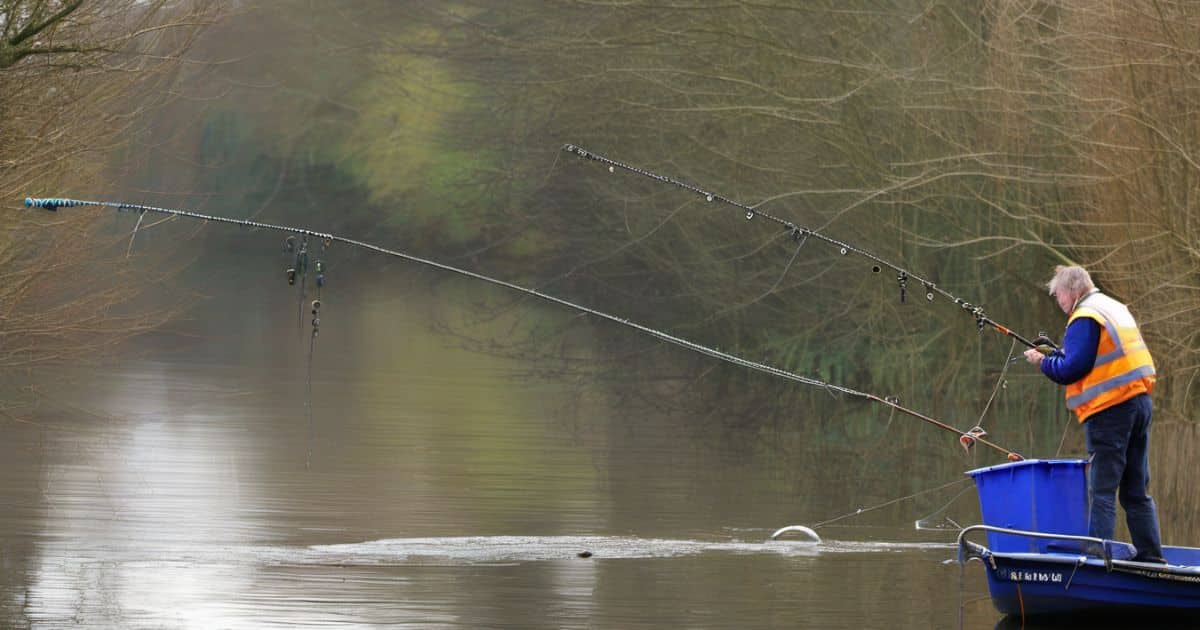
Shrewsbury Town Council implemented a ban on magnet fishing due to a combination of safety concerns, environmental protection, and the preservation of local heritage. The decision was influenced by instances where magnet fishers retrieved potentially dangerous items, such as unexploded ordnance, posing a risk to the public and emergency responders. Additionally, the council aimed to protect the ecological balance of local waterways and prevent the unauthorized removal of historical artifacts, ensuring the preservation of the town’s cultural and natural resources.
How does British Museum caution magnet fishers?
The British Museum cautions magnet fishers about the potential legal and ethical implications of their hobby, emphasizing the importance of respecting historical artifacts and protected sites. They advise against removing objects from waterways without proper authorization, highlighting the risk of damaging or losing historical information. The museum also stresses the need for reporting finds of significant archaeological interest to the Portable Antiquities Scheme, which allows for the documentation and preservation of the UK’s archaeological heritage while still involving finders in the process.
Magnetic Fishing: The New Trend Sport?
Magnetic fishing has emerged as a popular trend, blending outdoor adventure with the thrill of discovery. This hobby attracts individuals of all ages, offering:
- The excitement of unearthing hidden treasures
- A unique way to engage with local history and environment
- A contribution to cleaning up waterways by removing debris
Despite its growing popularity, participants are urged to pursue this hobby responsibly, adhering to local laws and safety guidelines to ensure a positive impact on communities and ecosystems.
FAQ’s
What Is The Best Magnet For Magnet Fishing?
The best magnet for magnet fishing is a neodymium magnet due to its strong magnetic pull and durability.
How Much Are Magnets For Magnet Fishing?
Magnets for magnet fishing typically range from $20 to $100, depending on the strength and quality.
What Is The Best Magnet Fishing Kit?
The best magnet fishing kit includes a high-strength neodymium magnet, a durable rope, and safety gear, with prices varying by kit contents.
How Much Is A Magnet For Magnet Fishing?
A single magnet for magnet fishing can cost between $20 and $100, based on its pull force and quality.
What To Do With Magnet Fishing Finds?
Magnet fishing finds can be kept as collectibles, recycled, or reported to authorities if they’re potentially dangerous or historically significant.
What Kind Of Magnet For Magnet Fishing?
A neodymium magnet is preferred for magnet fishing because of its powerful magnetic field and resistance to demagnetization.
How To Tie A Knot For Magnet Fishing?
Use a Palomar knot or a figure-eight follow-through knot for securing the magnet, as they’re strong and reliable.
What Do You Need For Magnet Fishing?
You need a neodymium magnet, strong rope, gloves, and a bucket or bag for your finds to start magnet fishing.
What Kind Of Magnet Is Used For Magnet Fishing?
A neodymium (rare earth) magnet is used for magnet fishing, known for its strong magnetic properties and durability.
Summary
Magnet fishing offers a unique blend of adventure, history exploration, and environmental stewardship. Utilizing powerful neodymium magnets, enthusiasts can unearth hidden treasures from the depths of waterways, ranging from valuable antiques to everyday items with stories to tell. This hobby not only satisfies the human curiosity for discovery but also contributes to cleaning up aquatic environments, removing hazardous materials and pollutants. However, it’s essential to approach magnet fishing with an understanding of its potential dangers, including the risk of finding unexploded ordnance or disturbing protected archaeological sites. As magnet fishing continues to gain popularity, adhering to local laws, prioritizing safety, and respecting environmental and historical contexts are paramount. Whether you’re a seasoned treasure hunter or a curious newcomer, magnet fishing promises a rewarding experience that connects the past with the present, all while contributing positively to the conservation of our waterways. Learn more “Metal Detecting In Jersey Shore“
